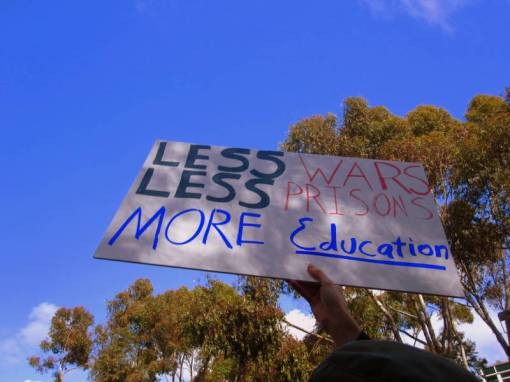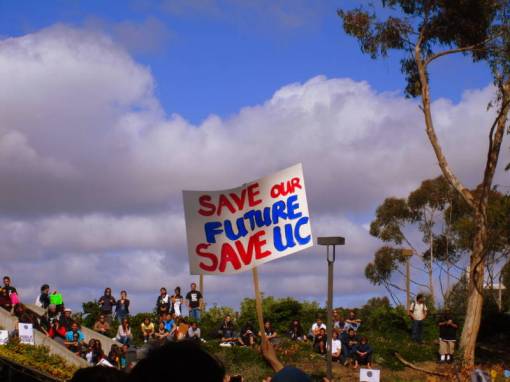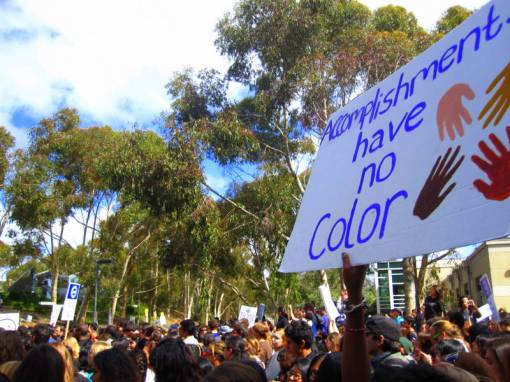by: samantha bathauer
Sun God, blue fences, talking/singing/silent tree, stone henge, snake path… all things us UCSD students recognize when they are brought up in conversation as things from the famous Stuart Art Collection. We have come to love these little art pieces found around our campus and have accepted them as part of our campus culture. Now, we have a new piece that is looking to find a home amongst the other member of the Stuart Collection… it is called “Fallen Star”. According to the website:
The Stuart Collection has a new and extraordinary proposal from the artist, Do-Ho Suh, an important artist who lives in Seoul, Korea and New York City. He has developed a remarkable body of work across the globe and recently had two major related works on exhibit at the Los Angeles County Museum of Art. This will be his first major permanent outdoor work in this country.
Do-Ho’s work explores the notions of home and displacement, the relationship between the personal and the collective, and the cultural meaning of space. This is particularly relevant in the context of increasing globalizaztion and considering California’s highly mobile population.
For the Stuart Collection, Suh has proposed Fallen Star : a small house which has been picked up by some mysterious force (perhaps a tornado) and “landed” seven stories up on EBU1 in the Jacobs School of Engineering on the UCSD campus. The house, as can be seen in the image, is cantilevered out over the edge of the building. This could also be a “home” for the vast numbers of students who have left their homes to come to this huge institution, the university, which has nothing even resembling a home. It promises to be an unforgettable image and experience.
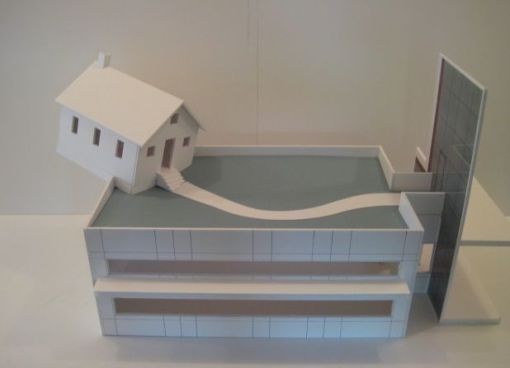
As stated above, we are in a time where people can easily pick up and move half way around the country/world to live and go to school or work. What happened to staying close to the nest? It has become incredibly easy to have the ability to move to where we need to go to for certain obligations. After growing up in southern California my whole life and attending school in San Diego, I have grown to love the culture and lifestyle of this community. When I studied abroad for six months, it was such a culture shock. It was much different than I was expecting. Although I enjoyed my time abroad, I was happy to be back home to a familiar way of life because of the familiarity that this was my home and culture. With this accessibility, however, to just be able to pick up and move, does it have the potential of leading to a universal culture… perhaps dominated by Western ways? This potential addition to the Stuart Art Collection is looking ahead to a globalized world, starting this easy ability to move from one place to another. The location for this is interesting as well… on top of an engineering building. Not to dis the engineers out there, but they are not usually thought of to be the welcoming committee. To place this personal, warm, and familiar house on top of the engineering building says something as well.
How do you interpret this new (potential) piece of the Stuart Art Collection? Do you think it is appropriate to place it on an engineering building?
What is your favorite Stuart Art piece that is already on campus?

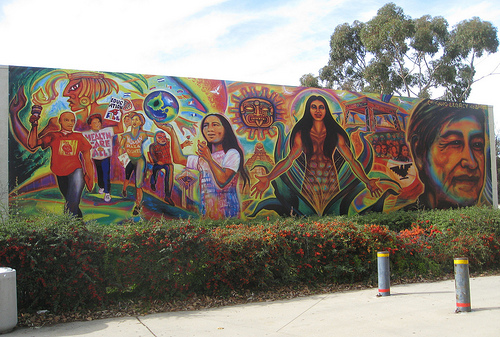

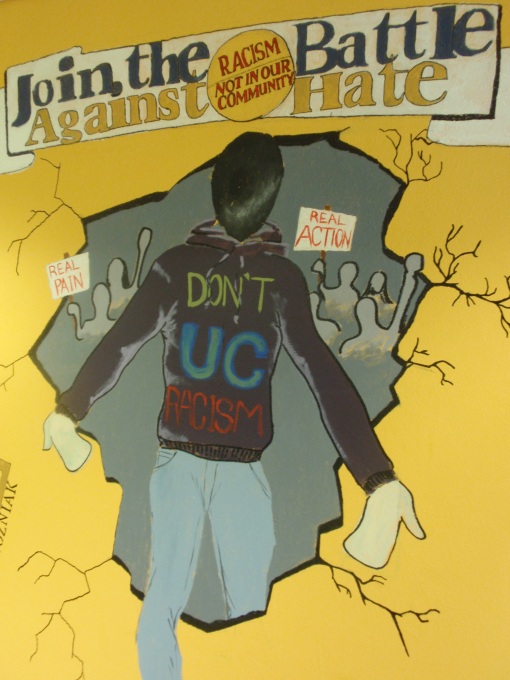
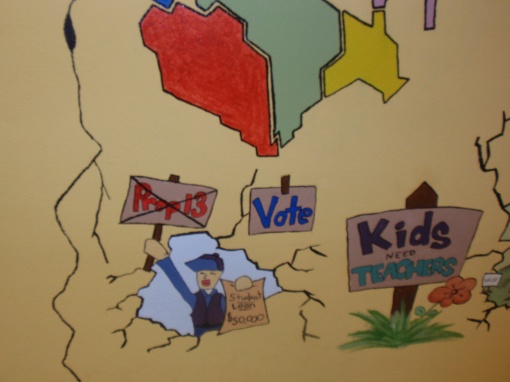
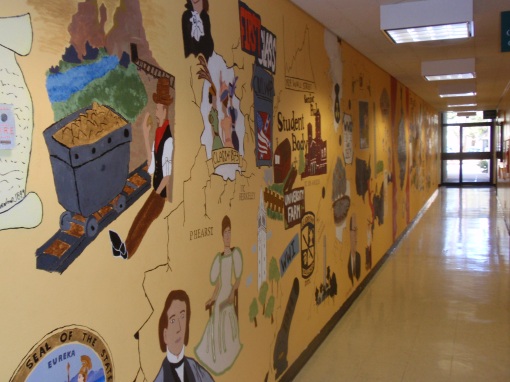

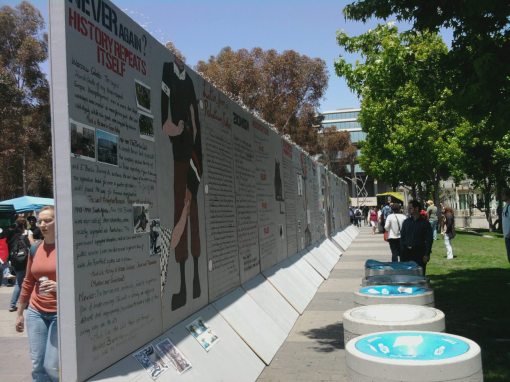
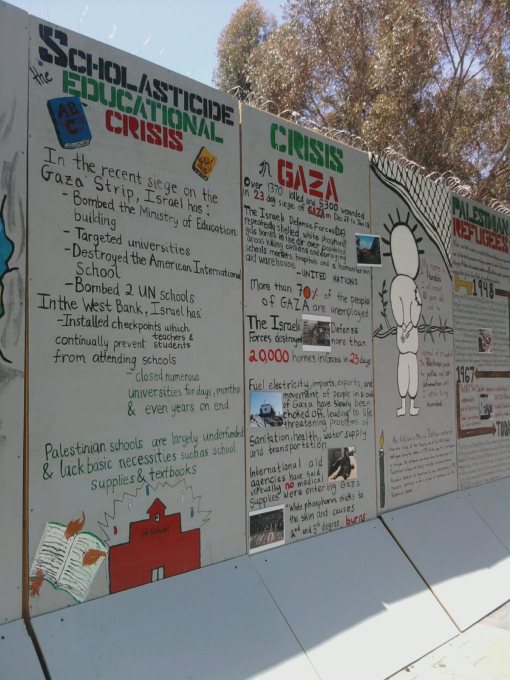
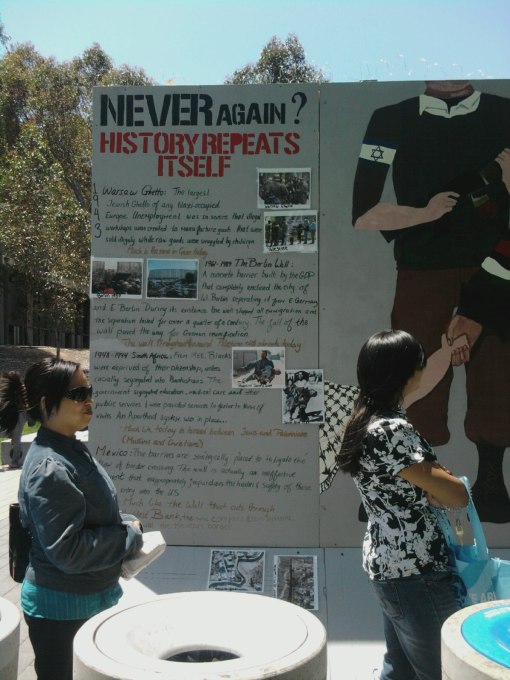

![gaza_wall[1]](https://activismartucsd.files.wordpress.com/2010/05/gaza_wall1.jpg?w=510)
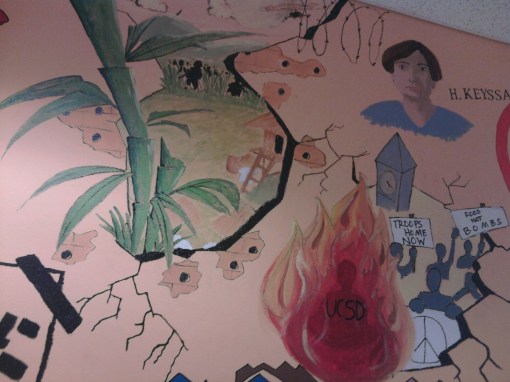
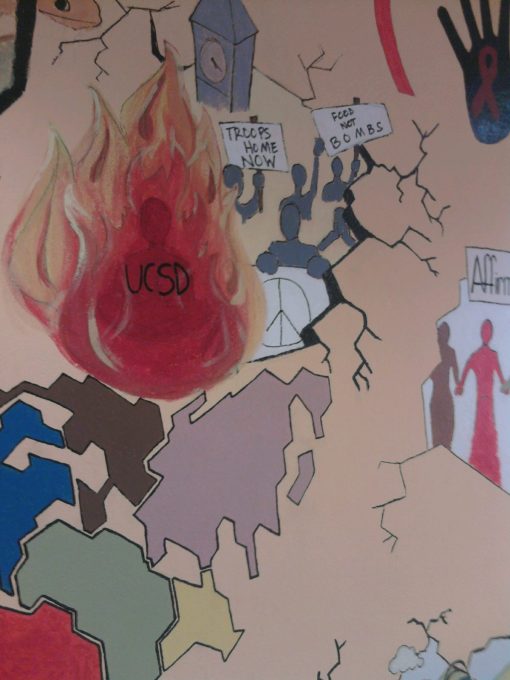
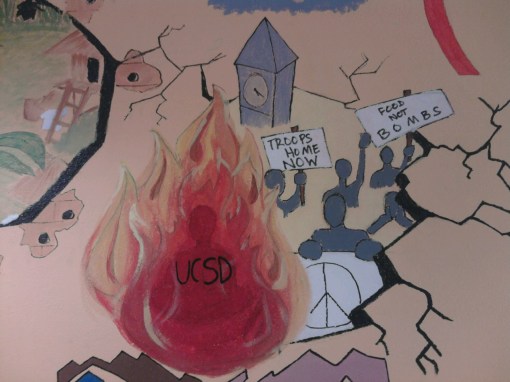
![mms_picture[1] (2)](https://activismartucsd.files.wordpress.com/2010/05/mms_picture1-21.jpg?w=510&h=680)
